You have 0 product(s) in your cart.
Abyss Scuba Diving
Mastering Buoyancy Control: The Key To Eco-friendly Diving
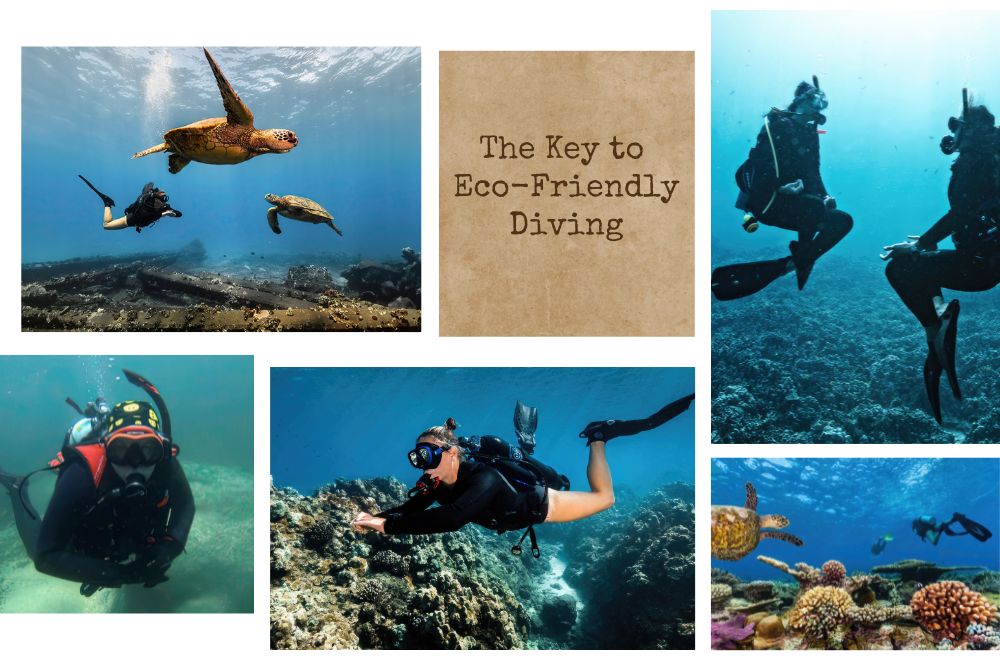
Mastering Buoyancy Control: The Key to Eco-Friendly Diving
As we immerse ourselves in the profound depths of our vast oceans, we must be mindful of our responsibility towards the marine environment that encompasses these immense bodies of water. With the growing environmental awareness and ecological and marine conservation efforts, eco-friendly diving has become more than just a passing trend; it is now a crucial obligation. Today, we will focus on a pivotal aspect of eco-friendly diving: mastering buoyancy control. This essential technique holds the key to preserving the delicate balance of the marine ecosystem.
Buoyancy control extends beyond enhancing comfort and safety underwater; it plays a crucial role in our marine reserves and safeguarding the spectacular marine life that enriches our diving experiences. By honing our buoyancy control, we minimize our impact on the ocean floor, thereby protecting fragile coral reefs and marine habitats from potential disturbances.
But how does one achieve mastery over buoyancy control? And what tangible impact does it truly make? From understanding the consequences of our actions underwater to selecting dive sites and the appropriate equipment and refining our skills, we will delve deep into the realm of eco-diving. So, let's gear up green fins, check our regulators, and embark on a journey to explore how mastering buoyancy control can transform our diving encounters and contribute to a healthier, more vibrant underwater world. Let's take the plunge.
Understanding Buoyancy Control for Scuba Diving
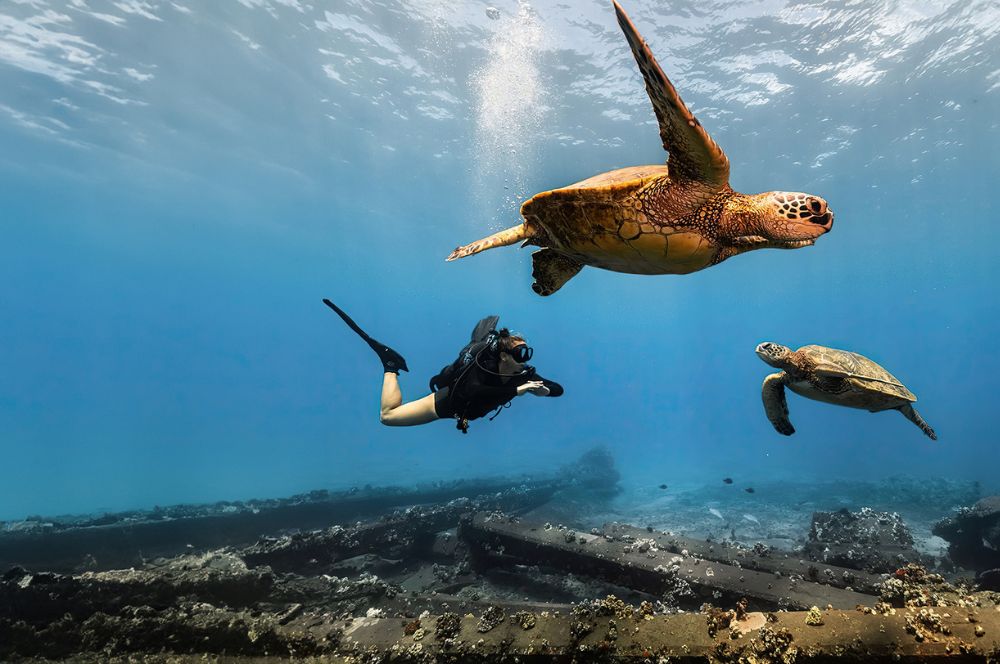
Understanding buoyancy control is a fundamental aspect of scuba diving. It involves managing your position in the water column, which is crucial to your safety and enjoyment underwater. So, let's dive deeper into this topic.
Buoyancy refers to the force that allows us to float. When scuba diving, we encounter three types of buoyancy: positive, negative, and neutral. Positive buoyancy means floating on the surface, while negative buoyancy means sinking. The ultimate goal is achieving neutral buoyancy, where you neither sink nor float.
Attaining neutral buoyancy requires balancing your weight and air volume in your Buoyancy Control Device (BCD) to counteract gravity's downward force. It's like experiencing weightlessness, allowing you to hover underwater with minimal fin movements effortlessly.
Mastering buoyancy control goes beyond improving comfort and reducing air consumption. It's also an essential strategy for becoming an eco-friendly, sustainable diver yourself. Maintaining good buoyancy allows you to navigate underwater environments with minimal disturbance, protecting delicate marine resources and ecosystems.
For instance, divers involved in trash retrieval operations can avoid stirring up silt, which can harm the marine environment. Those monitoring underwater ecosystems can observe without interfering. All divers can ensure they don't accidentally damage corals or other other marine species or organisms with clumsy movements.
As divers, we are guests in the underwater world. Mastering buoyancy control enables us to be responsible visitors, respecting and using many marine species and preserving the underwater environment we cherish. So, let's make a splash, but not literally! Keep practising and learning, and together, let's create a sustainable future where our underwater adventures leave no trace, only beautiful memories.
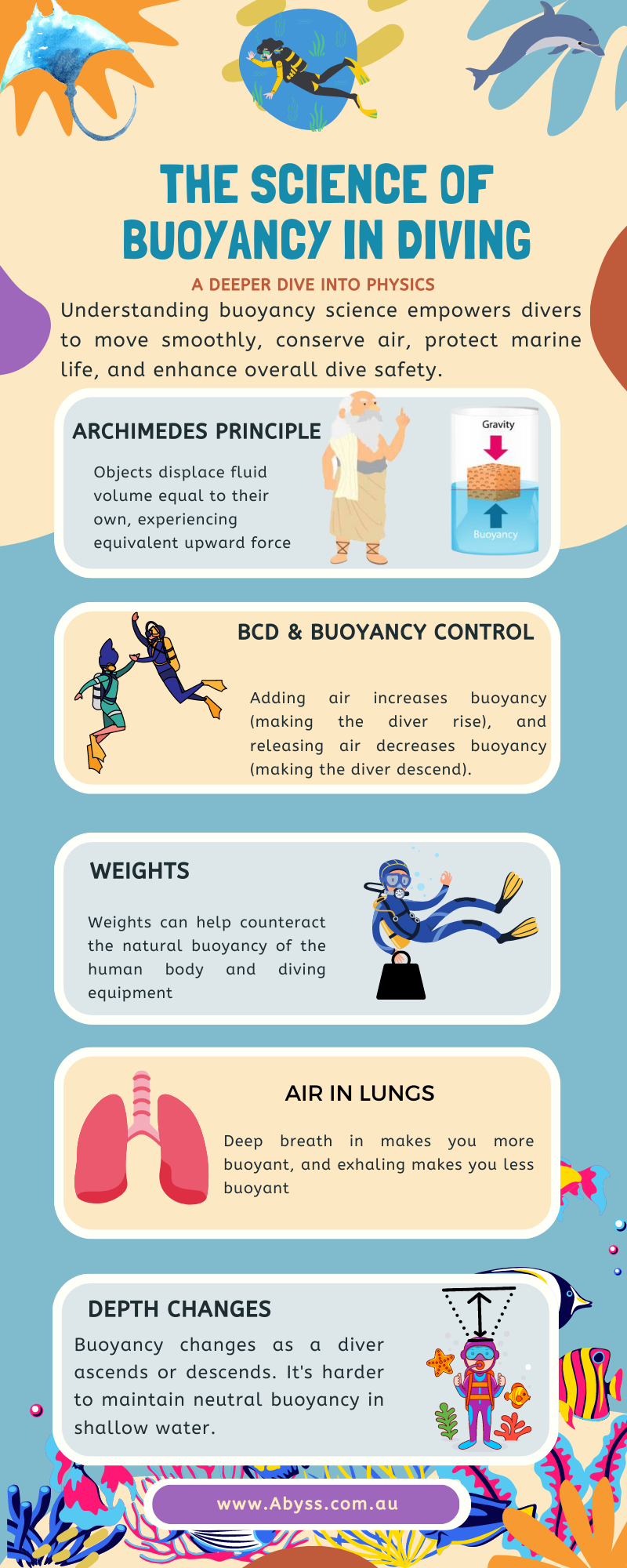
Tips for Improving Buoyancy Control
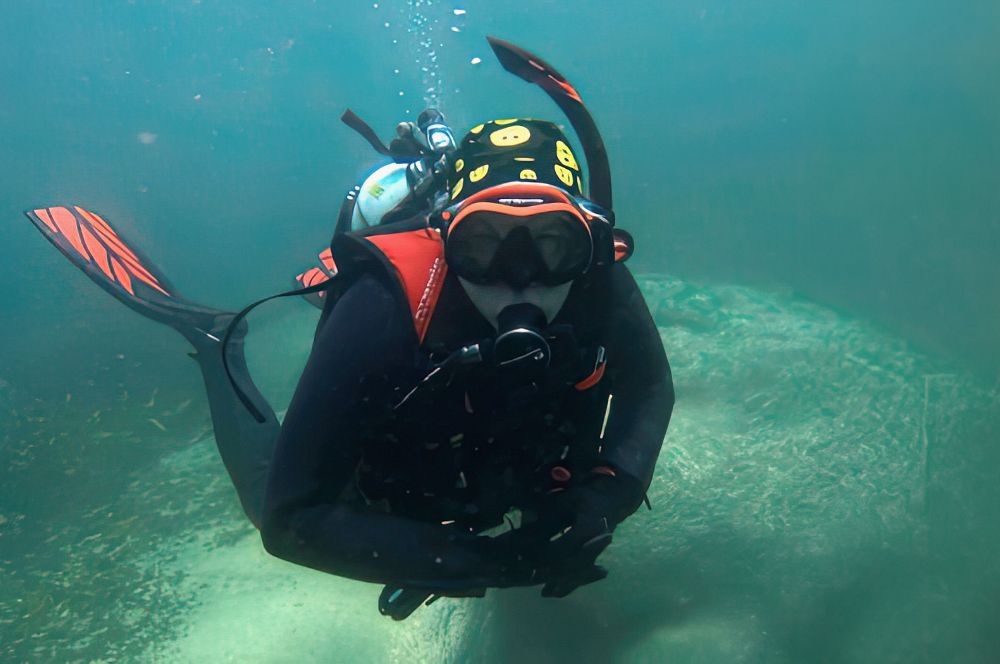
The selection of the appropriate Buoyancy Control Device (BCD) is significant as it directly affects buoyancy control. In this discussion, we will explore the distinctions between jacket-style BCDs and back-inflation BCDs, offering guidance on how scuba divers can choose according to their specific scuba diving requirements.
Now that we have grasped the importance of buoyancy control let's delve into some practical tips for enhancing it:
A. Enroll in Buoyancy Control Courses
Investing in professional buoyancy control courses is one of the most effective ways to improve your skills. These courses provide structured and supervised training that goes beyond what you learn in basic scuba certification. The PADI's Peak Performance Buoyancy course offers theoretical knowledge and practical exercises designed to help you achieve and maintain neutral buoyancy effortlessly. Remember, education breeds confidence. The more you know, the more comfortable and proficient you'll become underwater.
B. Regular Practice and Role of Experience
Like any skill, regular practice is key to mastering buoyancy control. Start by practising in controlled environments like swimming pools, then gradually move to open waters with varying conditions. One useful exercise is the hover drill: try to maintain a stationary position underwater at a fixed depth for as long as possible. As you gain more experience, challenge yourself with more complex marine environments and tasks, such as navigating tight spaces or performing specific tasks while maintaining buoyancy. Remember, patience and consistency are your allies in this journey.
C. Choosing the Right BCD for Eco-Friendly Diving
Your choice of Buoyancy Control Device (BCD) plays a significant role in managing buoyancy. Jacket-style BCDs often promote a vertical position, which isn't ideal for underwater exploration. On the other hand, back-inflation BCDs encourage a horizontal position, offering better trim control and are more eco-friendly for divers.
Improving your buoyancy control may seem daunting at first, but with the right education, consistent practice, and suitable gear, it's an attainable goal. And remember, every step you take towards mastering buoyancy control is a step towards becoming a more responsible and eco-friendly diver. So let's dive in and make a positive difference, one dive at a time!
Eco-Friendly Diving Practices
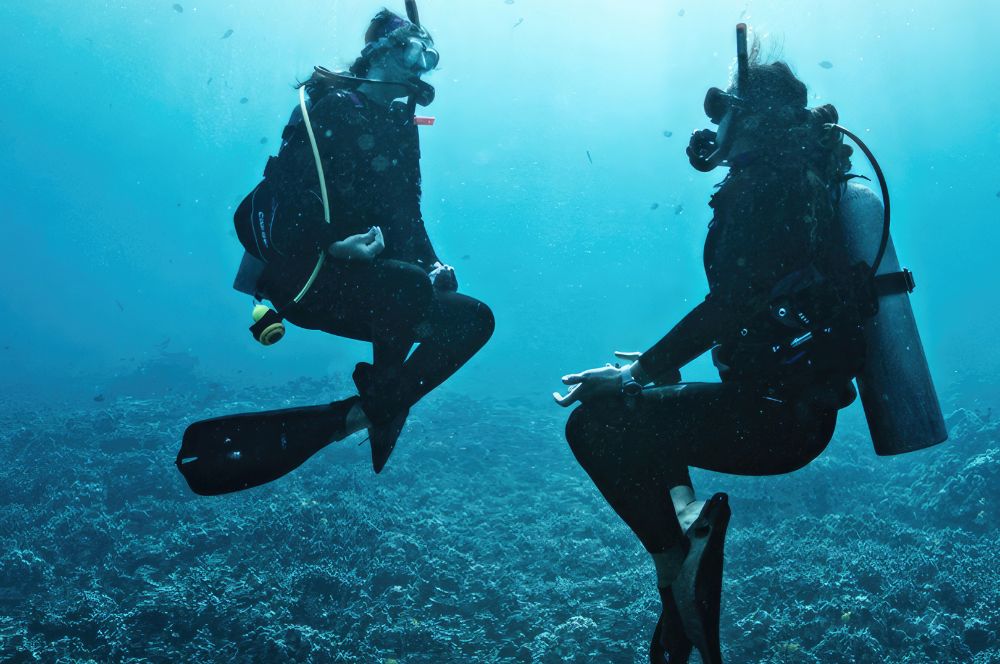
Eco-friendly diving practices are crucial for the preservation of our marine ecosystems. Here are several eco-tourism top tips and practices that every diver should consider to minimize their environmental impact:
-
Master Buoyancy Control: Good buoyancy control is key to avoiding contact with marine life and the seafloor. It helps you navigate underwater environments without causing disturbances or damage.
-
Respect Marine Life: Do not touch, chase, or harass marine animals. Keep a safe distance and avoid disturbing their natural behaviours.
-
Use Eco-Friendly Diving Gear: Consider using gear made from recycled or sustainable materials. Use reef-safe sunscreen and biodegradable products to minimize pollution.
-
Participate in Clean-up Dives: Join organized clean-up dives to remove trash from underwater environments, or make it a practice to pick up any litter you see during your dives.
-
Support Marine Protected Areas: Dive in regulated and protected areas. The fees you pay often contribute to conservation efforts.
-
Choose Eco-Friendly Operators: Support dive operators who follow best practices for environmental sustainability, such as those who use mooring buoys instead of anchors to prevent damage to the seabed.
-
Advocate for the Ocean: Use your platform to raise awareness about marine conservation issues and promote eco-friendly diving practices.
-
Leave Only Bubbles: The old saying "take only pictures, leave only bubbles" should be every diver's mantra. Avoid taking anything from the ocean, including shells, coral, or other marine life.
-
Educate Yourself: Stay informed about the latest in marine conservation and best practices for eco-friendly diving.
By following these sustainable diving practices above, divers can enjoy the beauty of the underwater world while minimizing their impact on marine ecosystems.
Eco-Friendly Diving Equipment
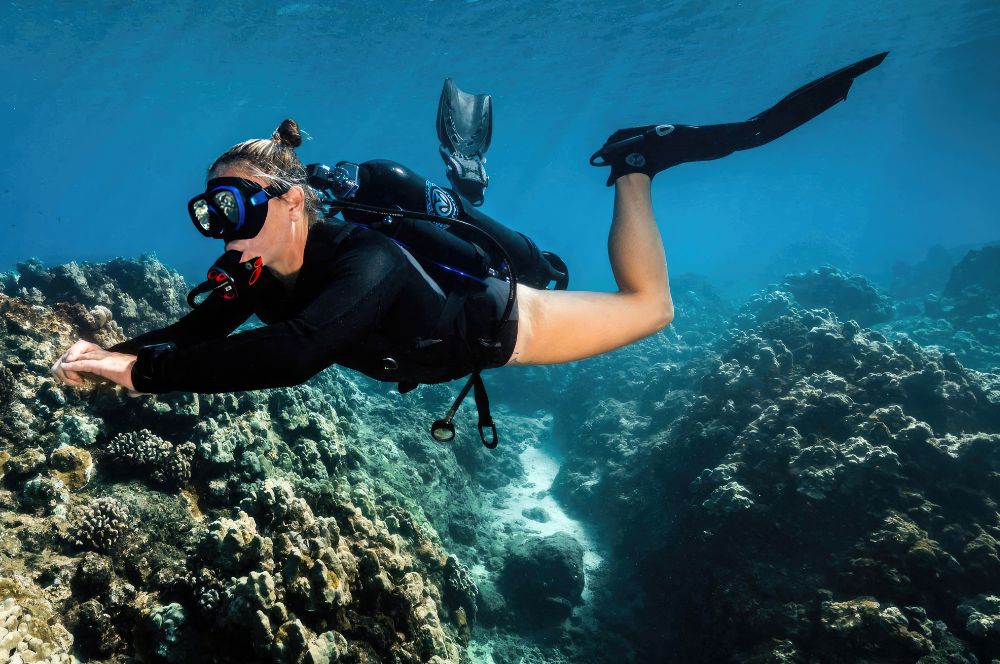
In the quest for sustainable diving, it's important to consider the role of eco-friendly dive equipment. By selecting gear designed with sustainability in mind, we can significantly our carbon footprint and lessen our dives' impact on underwater ecosystems, paving the way towards a greener future for the sport we love.
One piece of equipment that perfectly illustrates this marriage of sustainability and performance is the Avelo Lightweight Scuba System. This innovative dive gear isn't just about shedding weight and enhancing convenience; it's about revolutionizing buoyancy control with an emphasis on eco-diving and ocean conservation.
The Avelo System introduces a unique approach to buoyancy control. At its core is the Hydrotank, a lightweight scuba tank that employs water to adjust its buoyancy. This allows divers to achieve neutral buoyancy at any depth, minimizing the risk of bottom contact, which can damage corals protect coral reefs, stir up silt and disturb marine life.
The Avelo Lightweight Scuba System is a shining example of how innovation and sustainability can come together to improve our diving experiences while safeguarding the marine world. By choosing such eco-friendly equipment local diving with, we're making a choice not just for better diving but for a healthier ocean. Let's gear up, dive in, and ensure every dive contributes to a cleaner, safer underwater world.
The Key to Eco-Friendly Scuba Diving
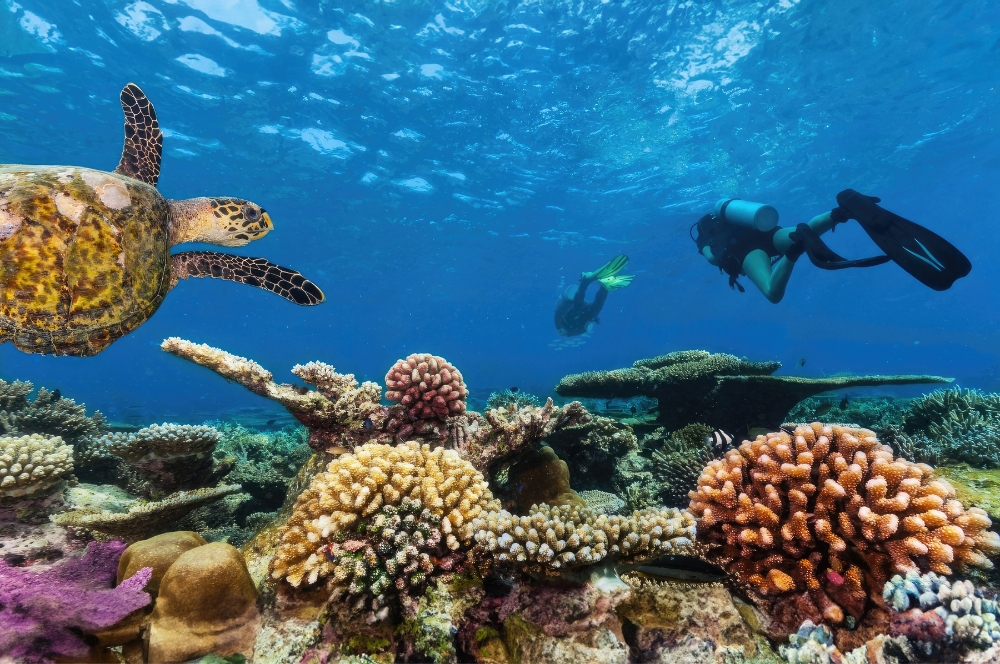
Emerging from our eco-friendly diving experience, let's reflect on our newfound knowledge. Mastery of buoyancy control goes beyond skill; it represents a commitment to safeguarding the underwater world. By achieving neutral buoyancy, we glide through the water, minimizing disruptions to marine life and protecting seafloor habitats. The Avelo Lightweight Scuba System exemplifies how gear can enhance diving while prioritizing sustainability. Being an eco-diver extends to using eco-friendly products, proper waste disposal, using sustainable diving trip and advocating for marine conservation. Each decision we make contributes to a global effort to protect our oceans. Every dive is an opportunity for change. Let's hone our buoyancy skills, choose equipment wisely, and dive with an eco-conscious mindset. Together, we can safeguard the underwater world for future generations. Immerse yourself, create ripples, and be the catalyst our oceans need.
Frequently Asked Questions
Why is buoyancy control important?
Buoyancy control is fundamental to scuba diving for several reasons. First, it ensures diver safety by preventing rapid ascents and descents, which can lead to decompression sickness. Second, it enhances the dive experience by allowing divers to navigate underwater environments effortlessly, conserve air, and increase bottom time. Third, and most importantly, in the context of eco-diving good buoyancy control minimizes contact with marine life and underwater formations, reducing potential damage to sensitive ecosystems. By maintaining neutral buoyancy, divers can observe and enjoy the undersea world without negatively impacting it, making buoyancy control key to responsible, eco-friendly scuba diving industry practices.
How do divers harm coral reefs?
Divers can unintentionally harm coral reefs and protect marine life in several ways. Physical contact, such as touching or kicking corals, can cause them to break off and become damaged. Stirring up sand and sediment can cover and smother corals, inhibiting their growth and potentially leading to their death. Additionally, divers may accidentally disturb marine life, causing stress and potentially forcing them to relocate. Some divers may also be tempted to collect coral or other marine life as souvenirs, which is both harmful and illegal in many places. Therefore, it's crucial for divers to practice good buoyancy control, avoid touching anything underwater, and adhere to the principles of responsible, eco-friendly diving to minimize their impact on coral reefs.
Why is marine life preservation important?
Marine life preservation is vital due to its environmental, ecological, and economic significance. Oceans harbour immense biodiversity, which is crucial for planetary balance. They absorb about 30% of human-produced carbon dioxide, mitigating global warming effects, and generate over half of the world's oxygen. Economically, marine and coastal biodiversity support the livelihoods of over three billion people. Oceans are also a key protein source and host unique biochemical adaptations potentially beneficial for medicine. However, marine animals face overfishing, climate change, pollution, and habitat destruction threats. Therefore, it's not just about biodiversity conservation; it's about humanity's survival and well-being. As divers, we, the local community, can contribute to marine life preservation by adopting eco-friendly scuba diving practices and spreading awareness.
RELATED POSTS
-
Scuba Diving in Australia: Exploring…

Scuba Diving in Australia:…
Scuba Diving in Australia: Exploring the Best Sites Are you ready to embark on an underwater adventure like […] -
Dive Right: Top Mistakes Made by Newly…
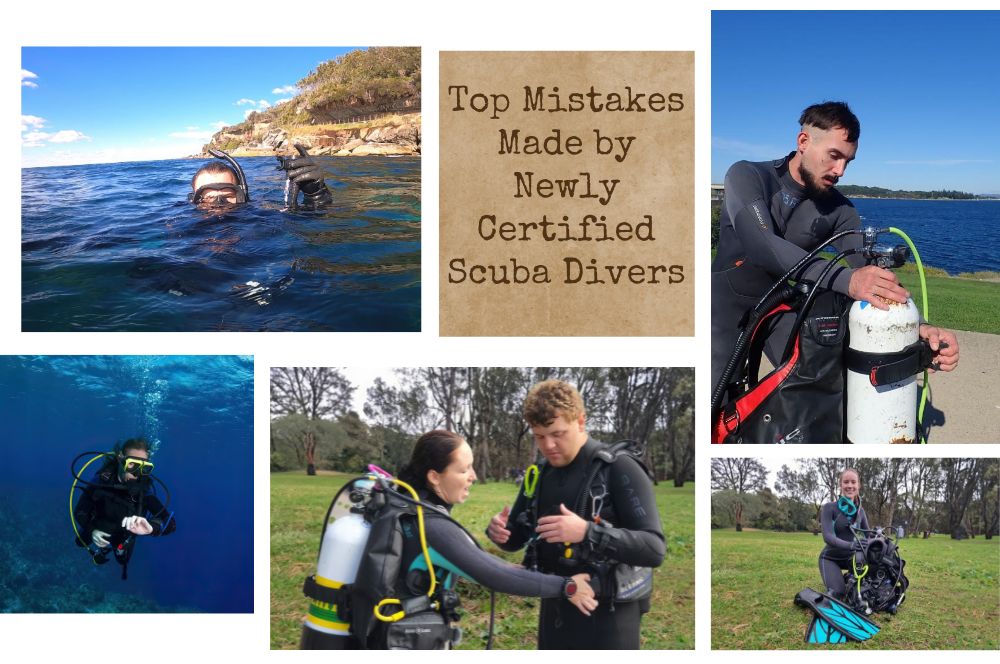
Dive Right: Top Mistakes…
Dive Right: Top Mistakes Made by Newly Certified Scuba Divers Getting your scuba diving certification is […] -
What to Do When Lost Underwater: An…
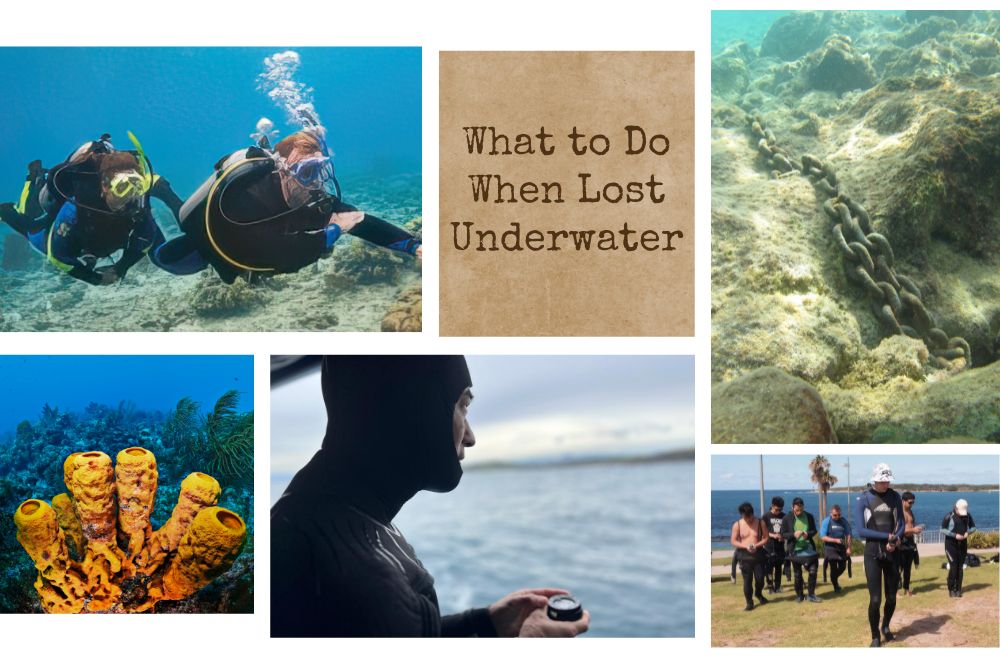
What to Do When Lost…
What to Do When Lost Underwater: An Essential Guide The underwater world is an irresistible attraction for […] -
Surviving the Depths: What to Do If…
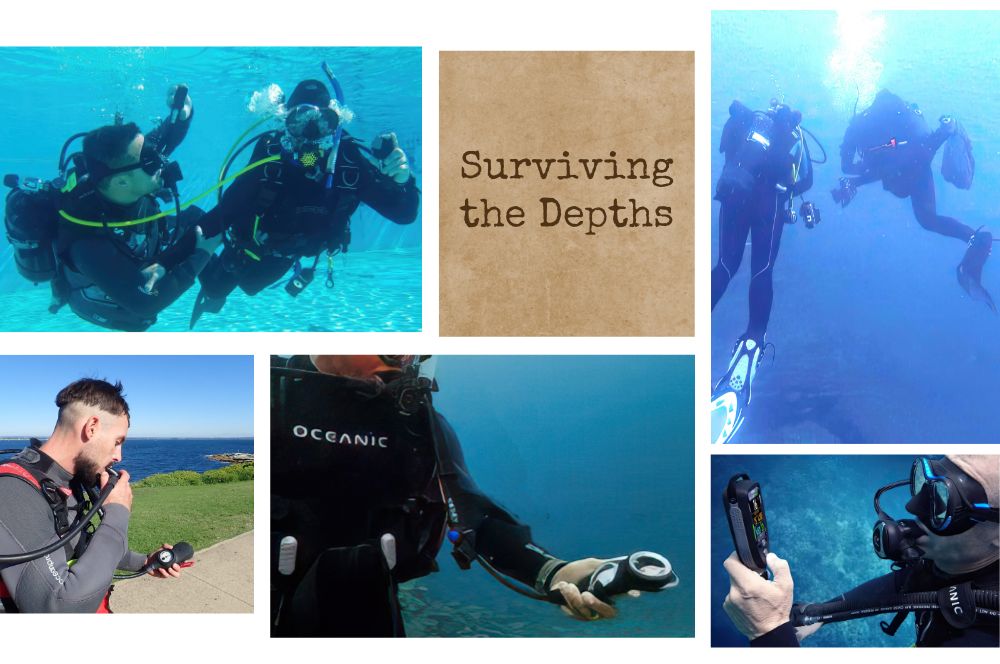
Surviving the Depths:…
Surviving the Depths: What to Do When You Run Out of Air While Scuba Diving Scuba diving is an exhilarating […]
Recent Posts





